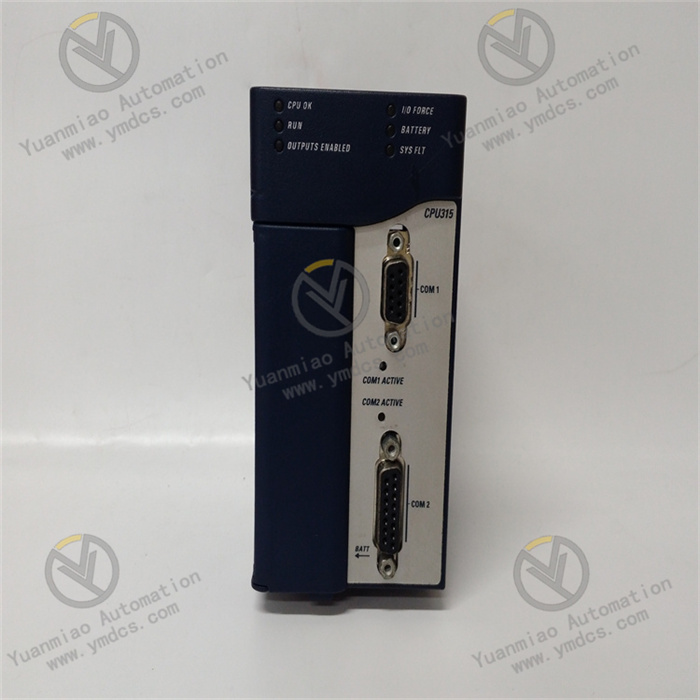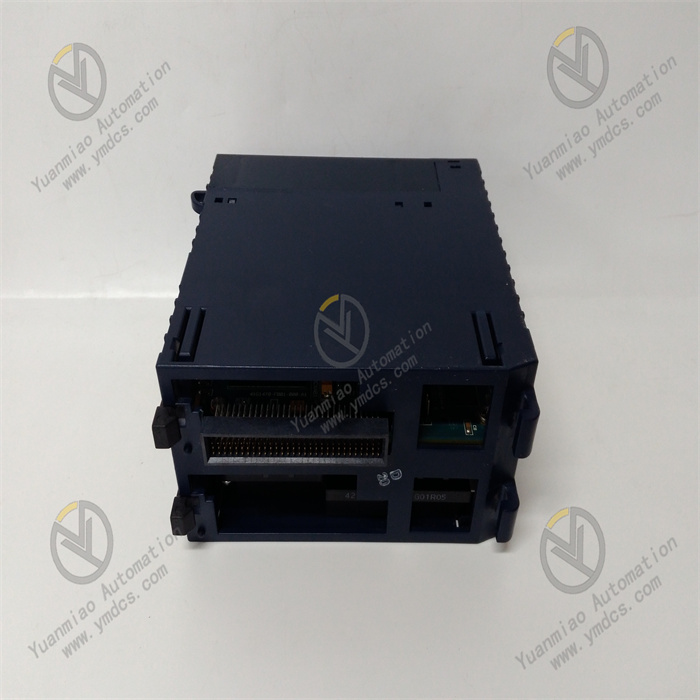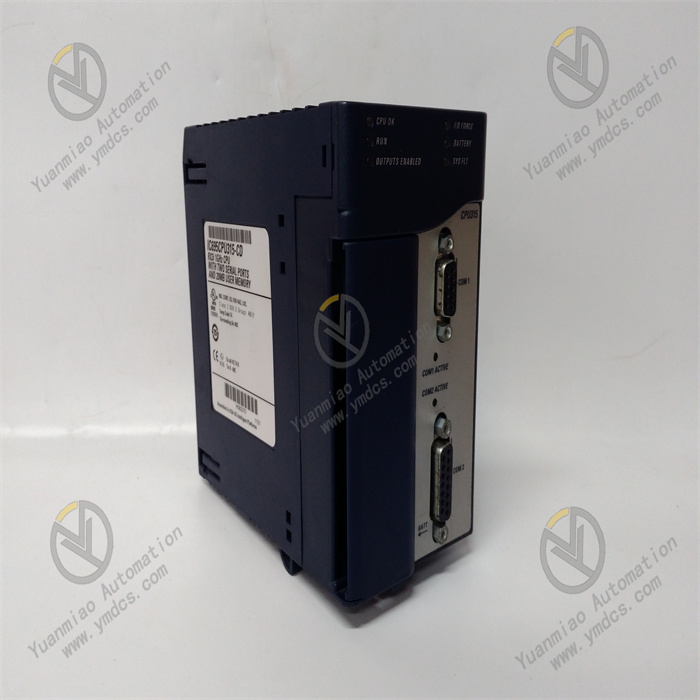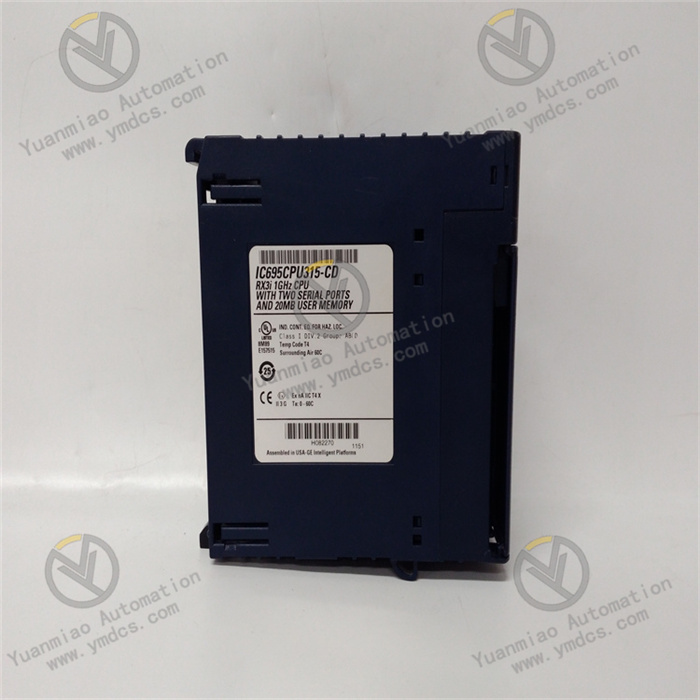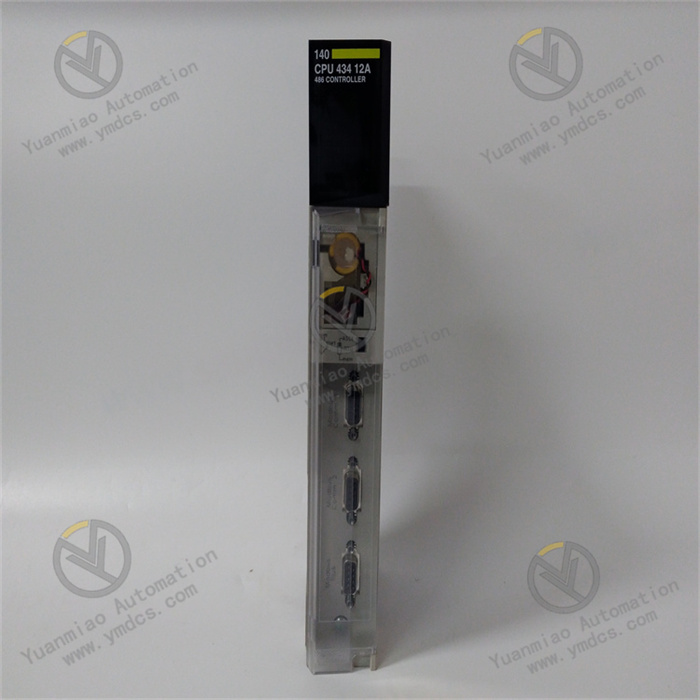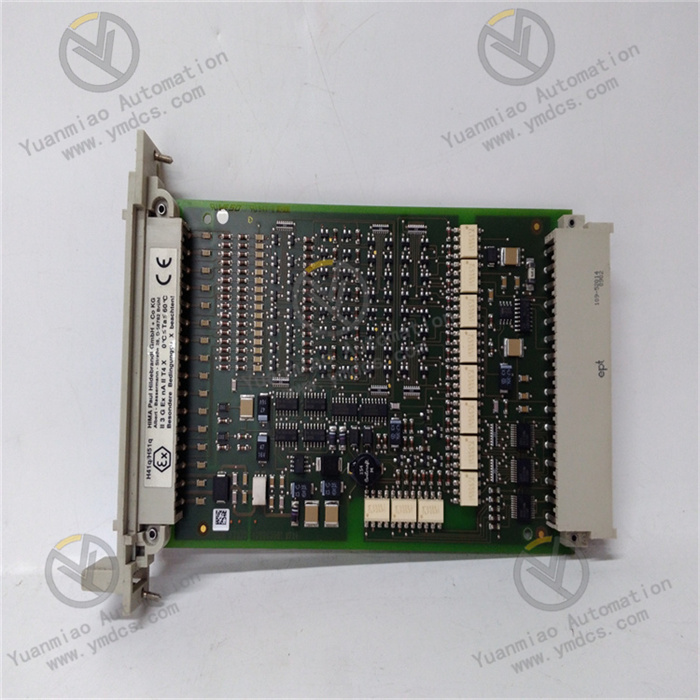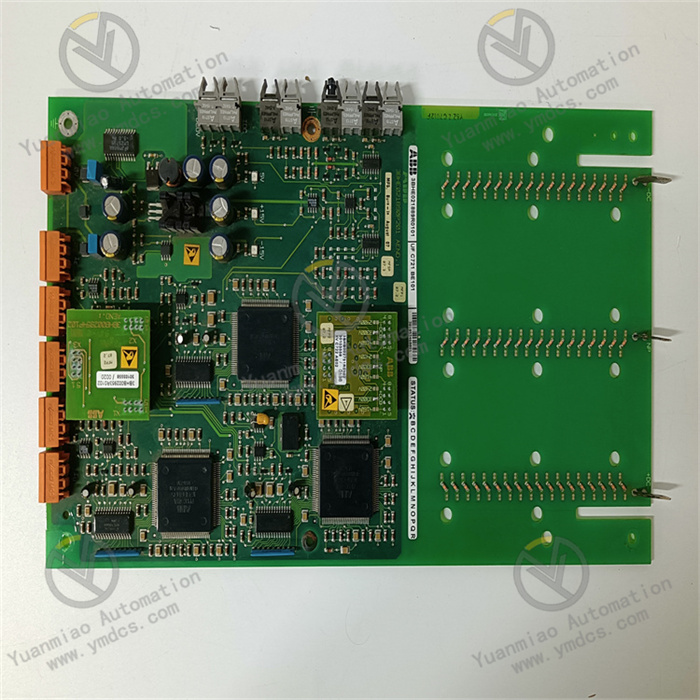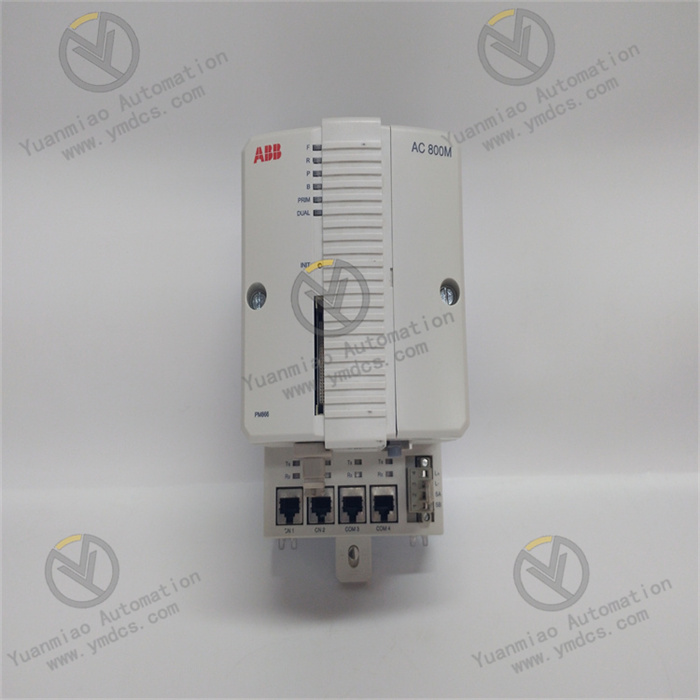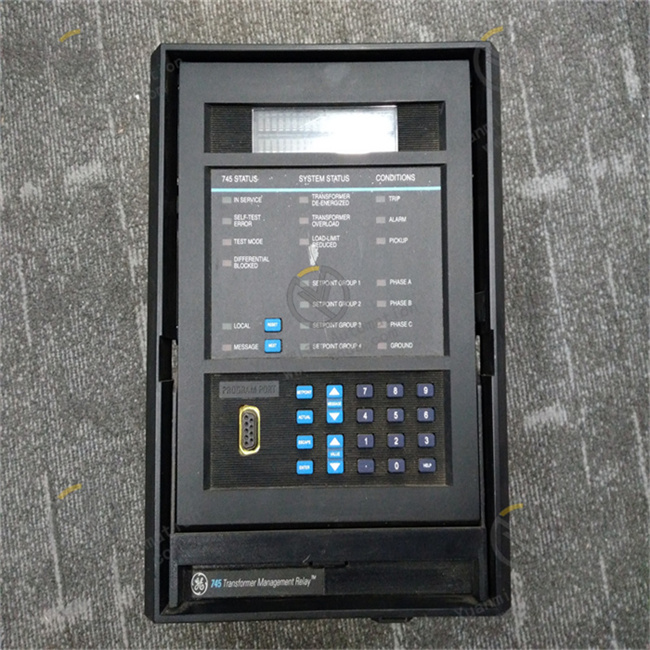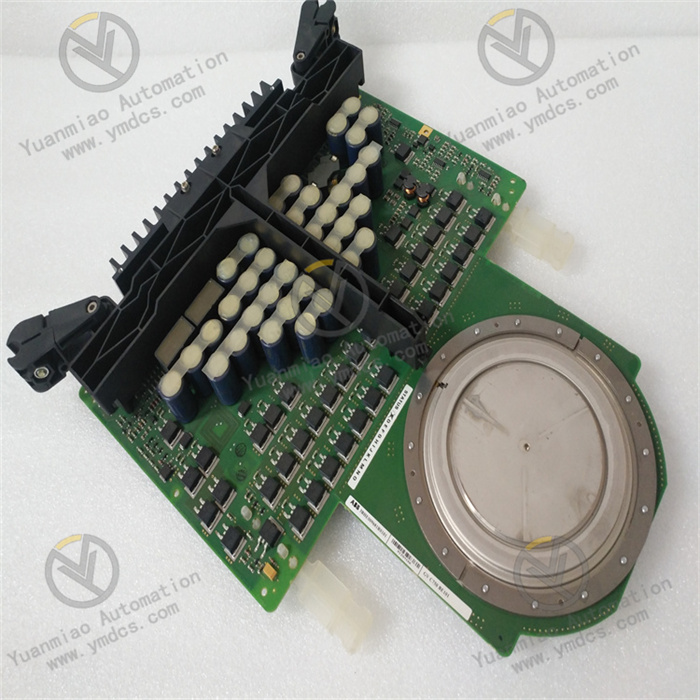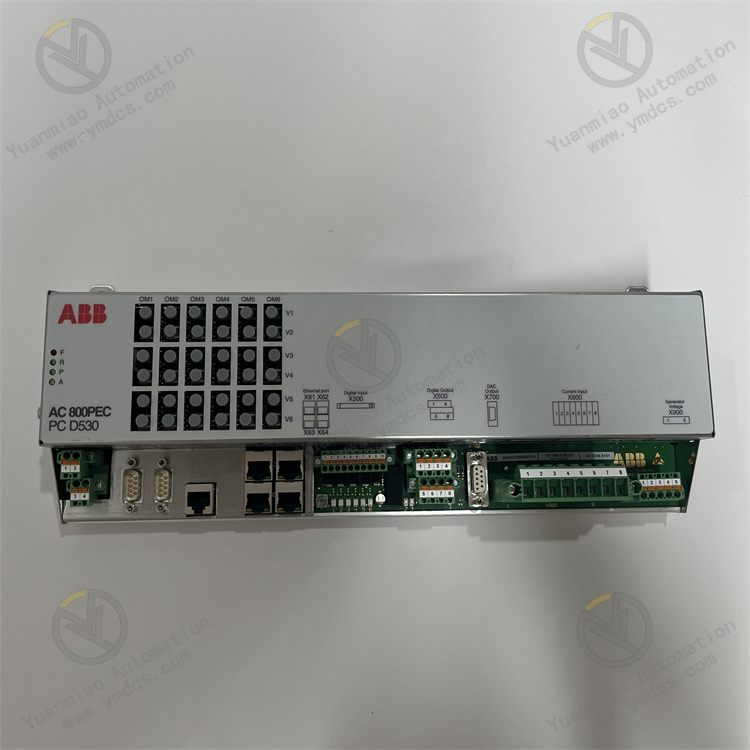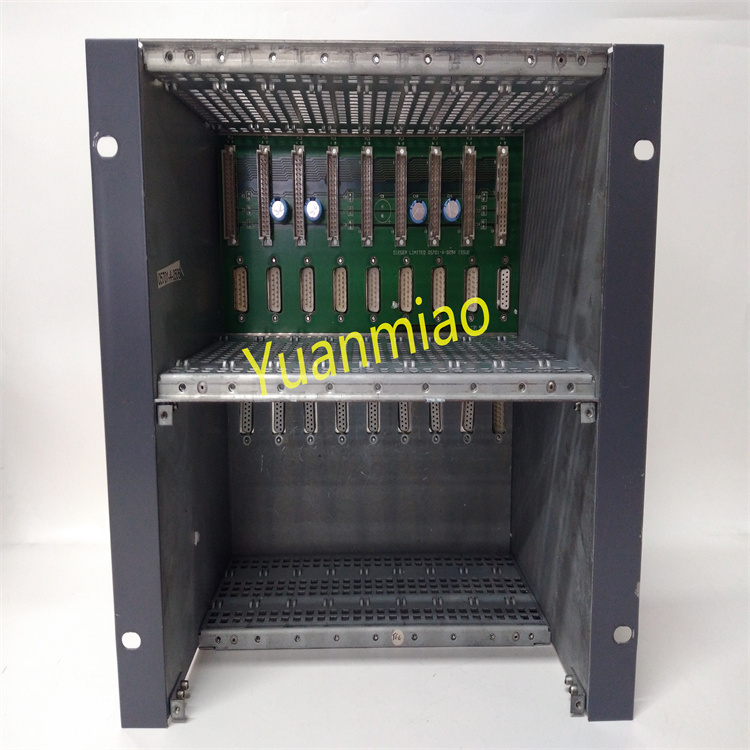Description
GE IC695CPU315
I. Overview
GE IC695CPU315 is a high-performance central processing unit module in the GE Fanuc PACSystems RX3i series, occupying a core position in industrial automation control systems. With advanced technology and powerful functions, this module can efficiently handle complex control tasks, providing solid support for the precise control and stable operation of industrial production processes. It is applicable to various industrial scenarios, whether it is automated production lines in large-scale manufacturing industries or complex process control in fields such as energy and chemical industry. It can excellently complete key tasks such as data processing, logical operation, and equipment control, and is an important device for improving the level of industrial automation.
II. Technical Parameters
- Processor Performance: Equipped with a high-performance processor, it has a fast 运算 speed and can quickly process a large amount of real-time data and complex control logic. This enables it to respond quickly and execute accurately when facing diverse control needs in industrial automation systems, such as high-speed motion control and multi-variable coordinated control, ensuring the efficient progress of the production process.
- Memory Configuration: Equipped with a certain capacity of Random Access Memory (RAM) and non-volatile flash memory. RAM is used for temporarily storing running programs and data to ensure the smoothness of data processing; flash memory is used for storing important information such as user programs and system configurations, which will not be lost even in case of power failure, ensuring that the system can quickly return to normal operation after restart.
- Communication Interfaces: It has rich communication interfaces, including Ethernet interfaces, serial communication interfaces, etc. The Ethernet interface supports high-speed data transmission, enabling fast communication with upper computers, other controllers, and intelligent devices, facilitating the construction of industrial automation networks; the serial communication interface can interact with traditional sensors, actuators, and other devices, improving the compatibility and flexibility of the system.
- Power Requirements: It usually uses DC power supply, and the working voltage is within a specific range, such as 24V DC, to ensure the stable operation of the module. Its power supply design has a certain anti-interference ability, which can work normally in the environment of power fluctuation in industrial sites, reducing the impact of power problems on the system.
- Environmental Adaptability: It has a wide working temperature range, generally between 0°C and 60°C, and can adapt to different temperature environments in industrial sites. The relative humidity adaptation range is 5%-95% (non-condensing), which can operate stably in humid or dry environments. At the same time, it has a certain anti-vibration and anti-shock ability, ensuring reliable work under mechanical vibration common in industrial production.
- Expansion Capability: It supports the connection of various expansion modules, such as I/O expansion modules, communication expansion modules, etc. Through expansion, the number of input and output points can be increased and communication functions can be expanded according to actual industrial control needs, meeting the requirements of industrial automation systems of different scales and complexities, and having strong flexibility and scalability.
III. Functional Characteristics
- Powerful Control Capability: It has rich control functions and supports multiple industrial control algorithms, such as logic control, sequence control, process control, etc. It can monitor and precisely control various parameters in the industrial production process in real time, such as temperature, pressure, flow, liquid level, etc., ensuring that the production process is carried out in accordance with preset process requirements, and improving product quality and production efficiency.
- Efficient Data Processing: Equipped with a high-performance processor and sufficient memory, IC695CPU315 can quickly process real-time data from various sensors and devices, and perform complex calculations and analyses. It can handle multiple tasks at the same time, realizing multi-task parallel operation, ensuring the response speed and processing efficiency of the system, and meeting the high real-time requirements of industrial automation systems.
- Flexible Communication Functions: With rich communication interfaces and support for multiple communication protocols, this module can communicate seamlessly with other devices. It supports mainstream industrial communication protocols such as Modbus, EtherNet/IP, PROFINET, and can exchange data and share information with PLC, HMI, SCADA systems and various intelligent devices, facilitating the construction of an integrated industrial automation network and realizing remote monitoring, data collection and centralized management.
- Reliable Operation Guarantee: Adopting industrial-grade design standards, it has high reliability and stability. It has a complete self-diagnosis function, which can monitor the operation status of the module itself in real time, such as power supply status, communication status, memory usage, etc. Once an abnormality is found, it will send an alarm signal in time, facilitating technicians to troubleshoot and handle. At the same time, the module also has a certain fault tolerance. When a minor fault occurs, it can take corresponding measures to ensure the continuous operation of the system and reduce downtime.
- Convenient Programming and Debugging: It supports multiple mainstream programming languages, such as ladder diagram, structured text, function block diagram, etc., which is convenient for engineers to write programs according to their own habits and project requirements. Equipped with powerful programming software, it provides rich debugging tools and diagnostic functions, which can quickly find and solve errors in the program, improve programming efficiency and program quality, and shorten the project development cycle.
IV. Common Faults and Solutions
- Communication Faults
- Phenomenon: Failure to establish a communication connection with other devices, or data loss, transmission errors, etc. during communication.
- Possible Causes: Loose or damaged communication cable connections; faulty communication interfaces; inconsistent communication protocol settings; electromagnetic interference.
- Solutions: Check whether the communication cable connections are firm, and replace them in time if damaged; check whether the communication interfaces are normal, and replace the interface modules if necessary; check and unify the communication protocols and related parameter settings; take shielding measures to reduce electromagnetic interference, such as using shielded cables and making good grounding.
- Power Faults
- Phenomenon: The module cannot start normally, the power indicator is not on; or sudden power failure or restart during operation.
- Possible Causes: Loose or poor contact of power connections; unstable power supply voltage or exceeding the rated range; faulty power modules.
- Solutions: Check the power connections to ensure they are firm; use a multimeter to detect the power supply voltage to ensure it is within the rated range, and install a voltage stabilizer if necessary; if the power module is faulty, replace it with a new one.
- Program Operation Faults
- Phenomenon: The program cannot run normally, such as logical errors, crashes, etc.
- Possible Causes: Errors in program writing; insufficient memory; processor overload.
- Solutions: Use programming software to check and debug the program to fix errors in the program; optimize the program to reduce memory usage, and expand memory if necessary; reasonably allocate tasks to avoid processor overload and ensure the program can run normally.
- I/O Interface Faults
- Phenomenon: Failure to collect input signals normally or invalid output control instructions.
- Possible Causes: Faulty I/O interface modules; incorrect or loose wiring; faulty external devices.
- Solutions: Check whether the I/O interface modules are normal, and replace them if necessary; check whether the wiring is correct and firm, and reconnect loose wiring; detect whether the external devices are working normally, and repair or replace faulty external devices.


